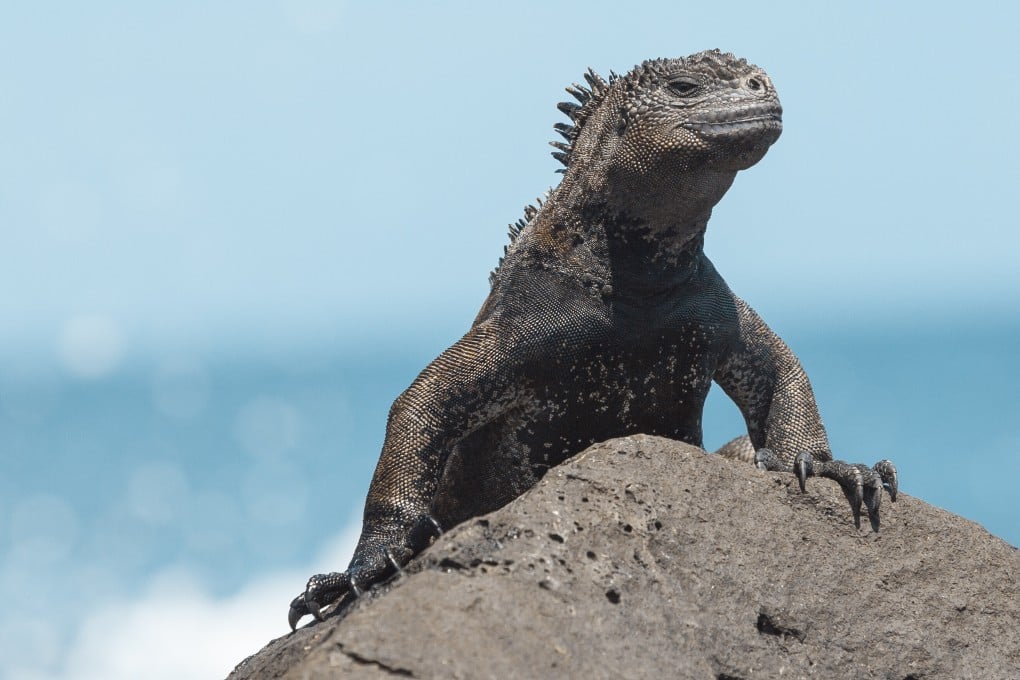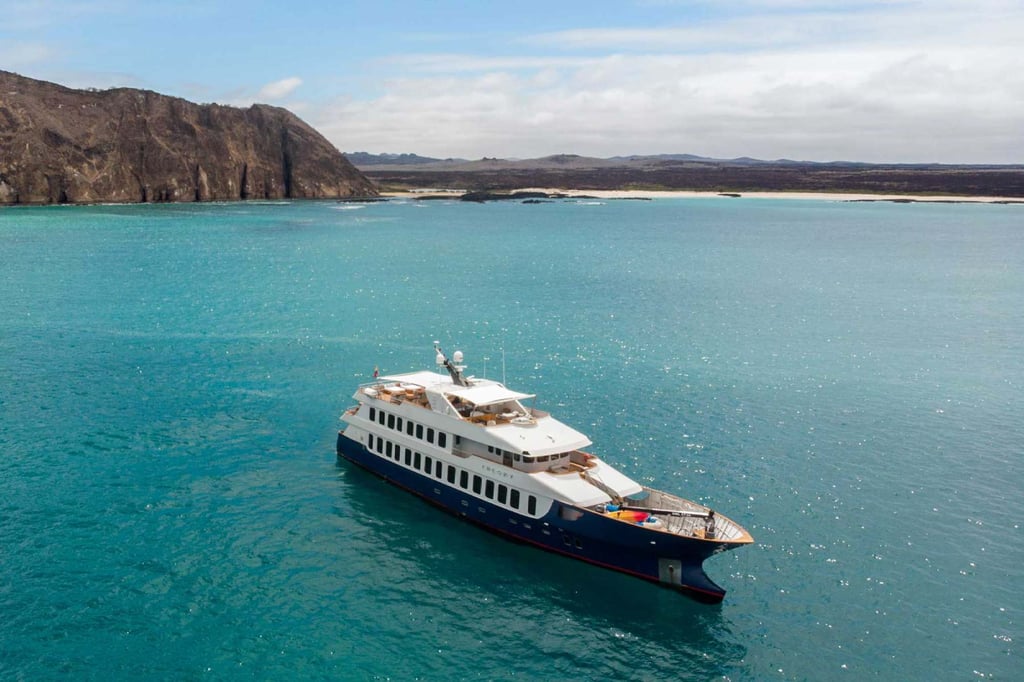Leonardo DiCaprio’s US$43 million donation for rewilding Galapagos islands – money well spent?
- DiCaprio’s donation comes at a time of reduced income from tourism and cuts in scientific funding due to the pandemic
- Although protected by law, many Galapagos native species are under threat from introduced animals

Hollywood star Leonardo DiCaprio’s recently announced donation of US$43 million to support rewilding in the Galapagos has brought those fabled Ecuadorean islands back into the headlines at a time when almost no one is able to visit them.
In recent years, tourism to the Galapagos Islands has been changing, with cruise vessels becoming ever smaller and more luxurious. But opportunities for principally land-based budget visits have also increased, with cheap accommodation in the islands’ few settlements used as a base for seaborne day trips. However, merely 5 per cent of the islands’ territory is open to visitors.
Sensible restrictions abound to protect the islands’ species. Big cruise vessels are kept away and the total number of berths on all the smaller boats operating in Galapagos waters is not allowed to increase. New vessels must await the retirement of old ones.

The number of people landed at any location at one time is carefully managed, and time slots must be booked. It’s common, even from the deck of Ecoventura’s merely 10-cabin MS Theory, to have no other boats in sight while inflatable Zodiacs ferry passengers for a walk along a rocky beach deserted except for a carpet of spiny marina iguanas, or a wander amid scrub brightened by brilliant white booby chicks.